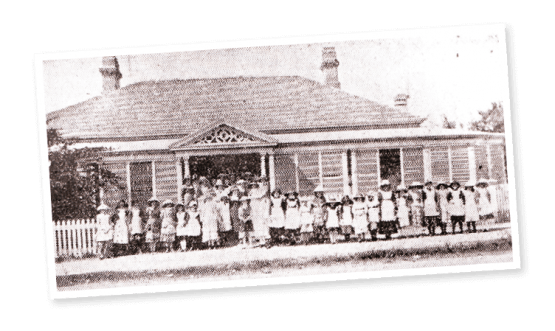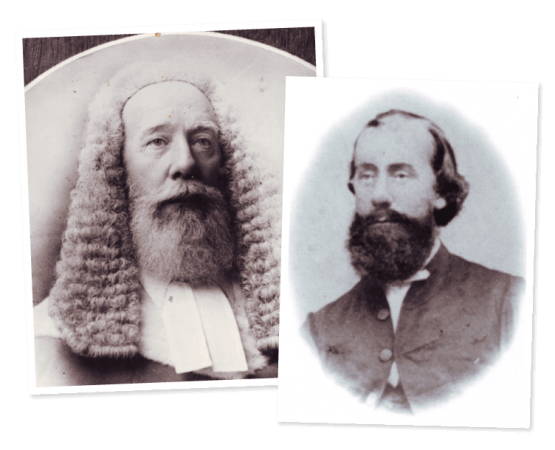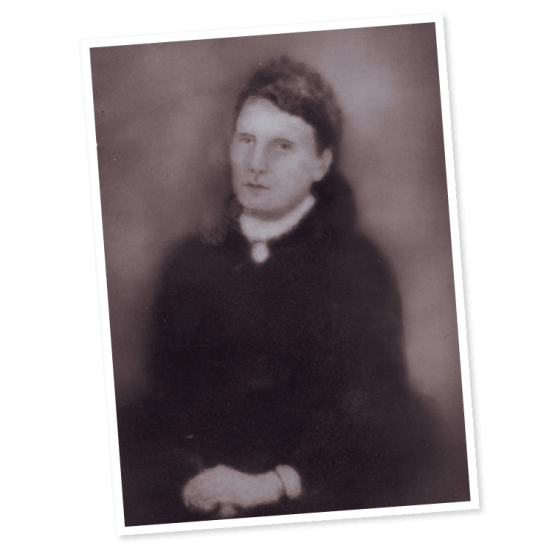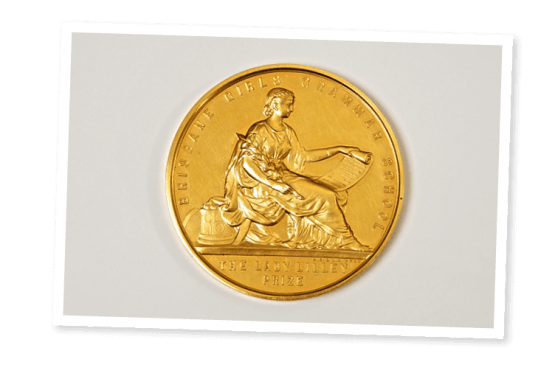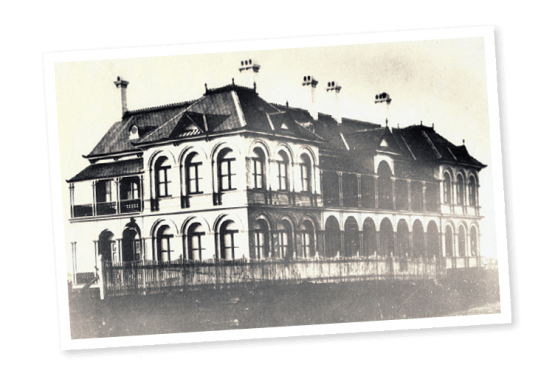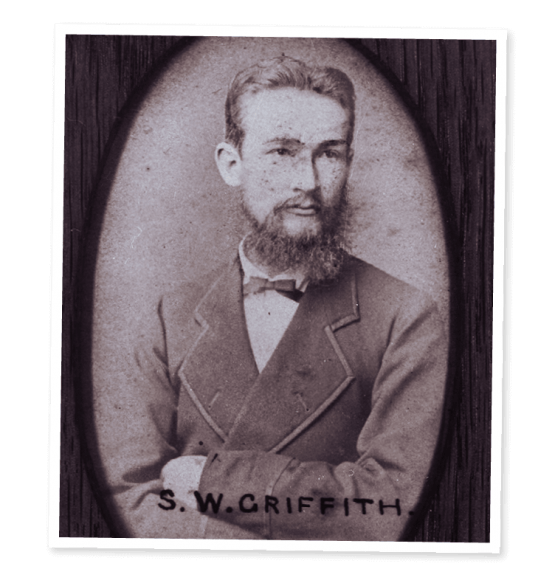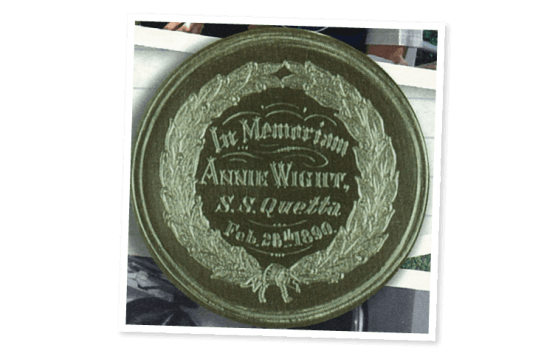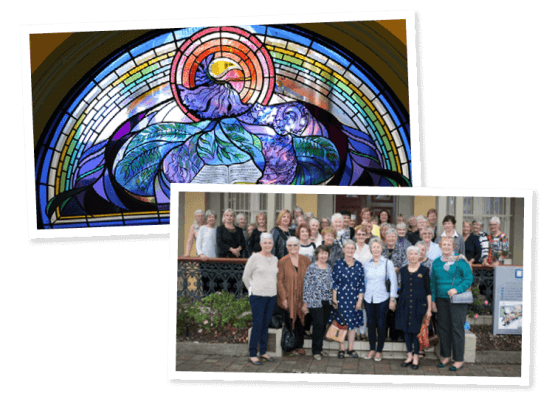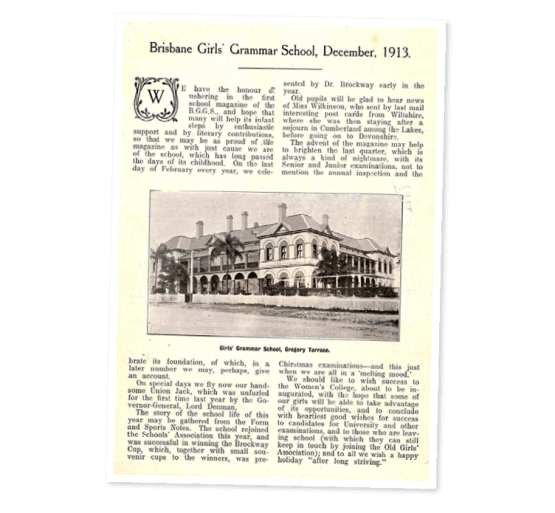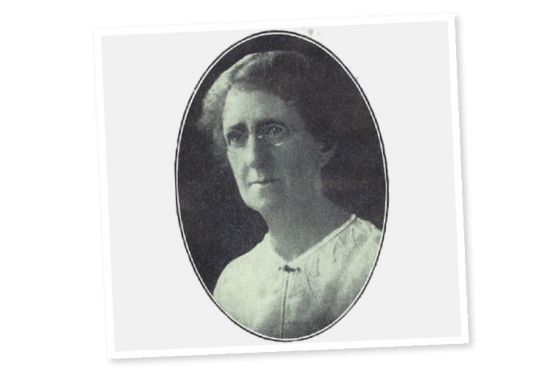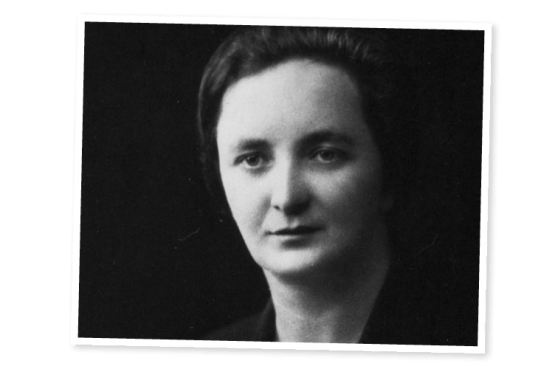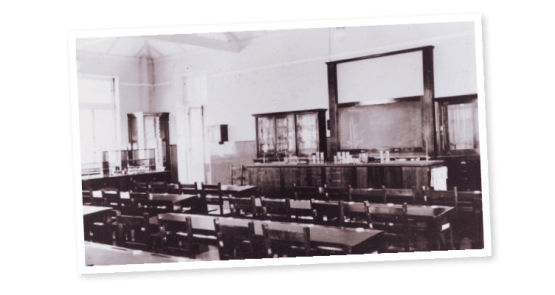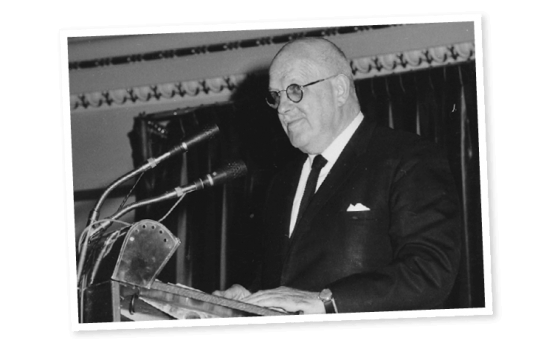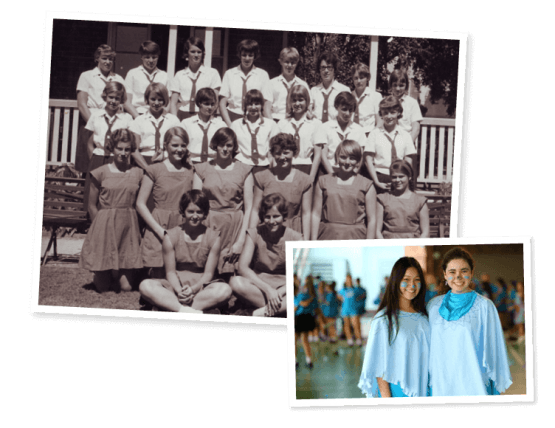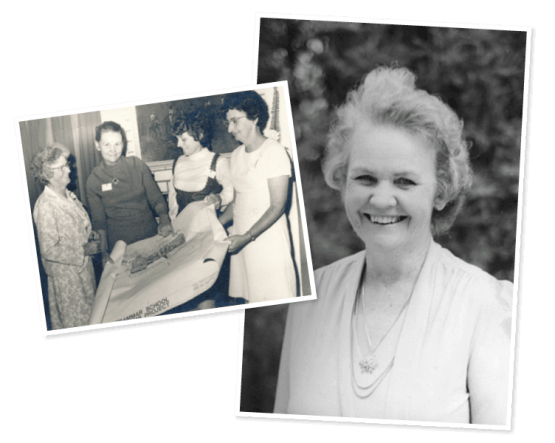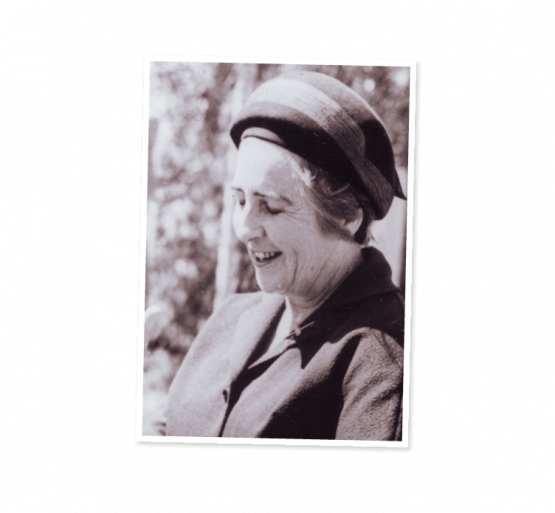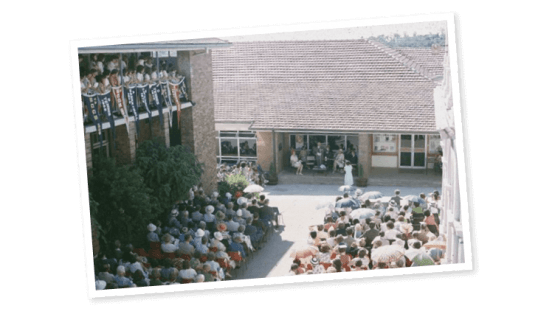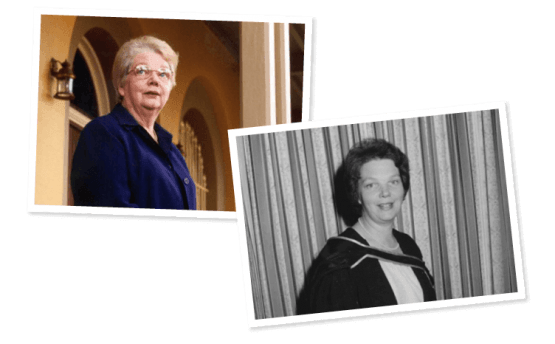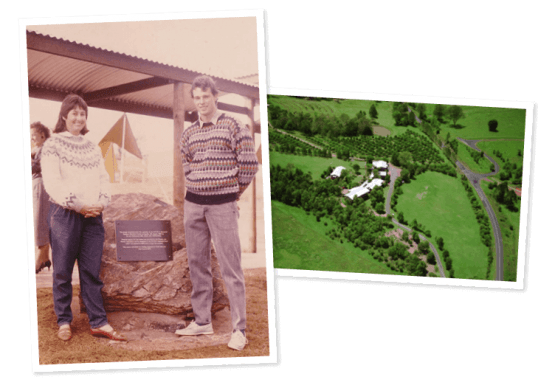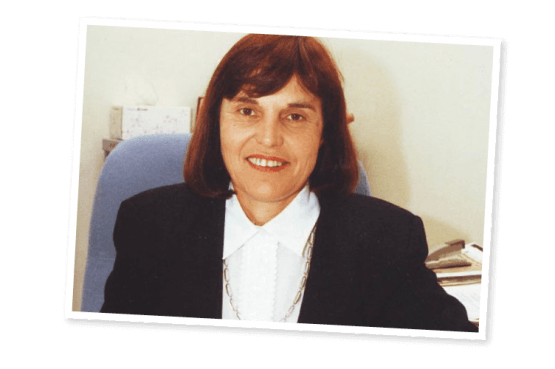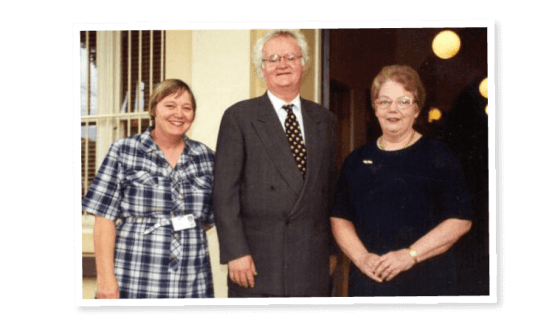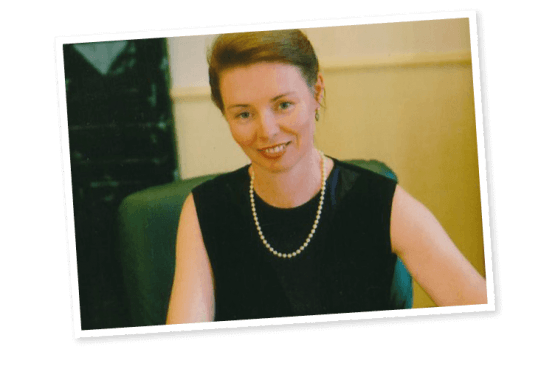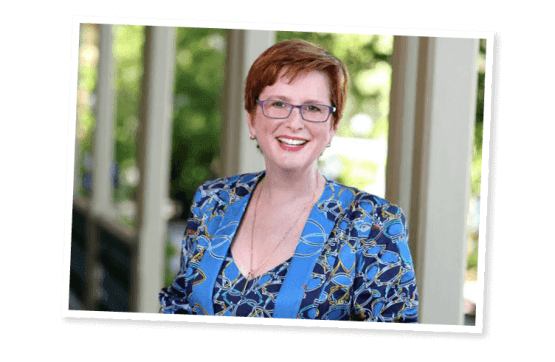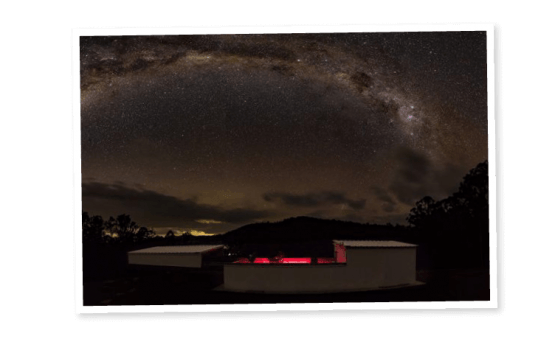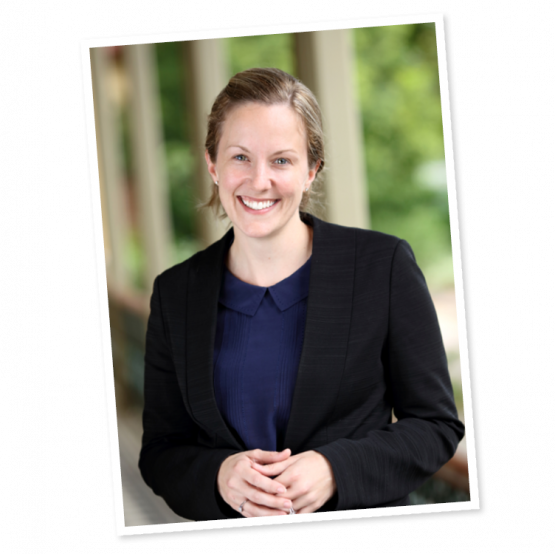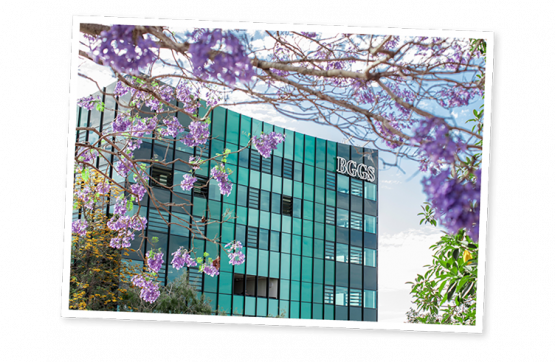In 1875, six years before women were admitted to universities in Australia, Brisbane Girls Grammar School opened—initially as a branch of Brisbane Grammar School—to provide girls the same educational opportunities as their brothers.
Sir Charles Lilley (1827-1897), former Premier and Chief Justice of the Supreme Court of Queensland, pioneered to revolutionise education across the state by establishing a girls’ school:
we know that so far as any real knowledge is concerned, the great mass of women have been left in complete darkness … I propose, therefore, by this bill that the women of the colony should be able to take academic degrees …
Sir Charles Lilley’s vision to establish a girls’ school was so far ahead of its time that it was viewed as a radical ‘experiment’.
Undeterred, he fought for the foundation of Brisbane Girls Grammar School, and on 15 March 1875 the School opened in a two-storey house on George Street, catering for 50 students. Within six months, the School outgrew these premises, and relocated to Wickham Terrace.
In 1882, the decision was made to separate from Brisbane Grammar School and operate independently under the Grammar Schools Act. Two years later, in 1884, the School relocated to its current site on Gregory Terrace.
The original Main Building still stands proudly in Spring Hill, symbolising Girls Grammar’s unique heritage, its role in the development of education for girls in Australia, and its unwavering commitment to establishing the educational foundation for young women to contribute confidently to their world with wisdom, imagination, and integrity.
The Mothers Group Archive Centre
The Mothers Group Archive Centre was officially opened in 1999, with funds generously donated by the Mothers Group, to actively collect, preserve, research, document, and provide access to the School’s collection, which dates from 1875 to the present.
Girls Grammar is committed to maintaining its rich history. The collection directly relates to the people, places, and events associated with the School to enrich our understanding of the past, present, and future.
The collection includes:
- awards and badges
- visual art
- furniture
- curriculum materials
- documents
- ephemera
- multimedia
- objects
- photographs
- publications
- uniforms.
The collection is accessible to the wider community, including staff, students, alumnae, parents, The Old Girls Association, as well as researchers and the general public.
For donations, access to a specific item, or general enquiries, please contact: archives@bggs.qld.edu.au.


